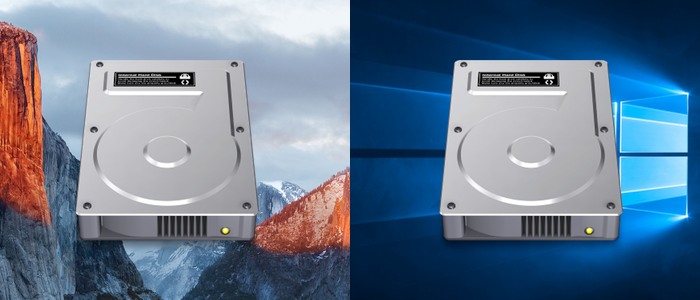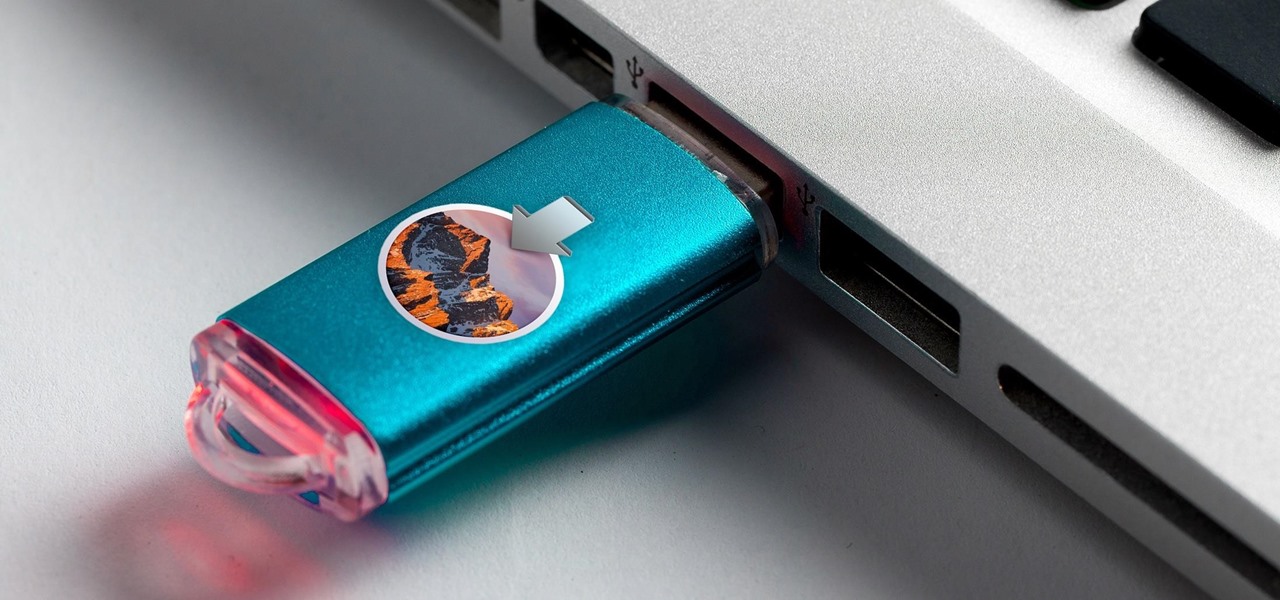

- #INSTALL MACOS SIERRA ON SEPARATE PARTITION MAC OS X#
- #INSTALL MACOS SIERRA ON SEPARATE PARTITION INSTALL#
- #INSTALL MACOS SIERRA ON SEPARATE PARTITION MAC#
macOS installers ensure that the right recoveryOS is installed in the right place, and it just works. Of course, for the great majority of users and uses, none of this should make any difference.

#INSTALL MACOS SIERRA ON SEPARATE PARTITION INSTALL#
Because macOS 11 doesn’t install such a local Recovery Volume on M1 Macs, though, it looks as if booting them in Big Sur will still rely on the Recovery container on their internal SSD. If you think that’s too simple, I gather from user reports that Monterey may be about to change this for M1 Macs, which look set to return to the Intel pattern of booting from the Recovery Volume inside their current boot container, provided that’s macOS 12. So for the next few weeks, while Intel Macs boot into Recovery from their Recovery Volume inside their current boot container, M1 Macs boot into Recovery from their Recovery Container on their internal SSD.
#INSTALL MACOS SIERRA ON SEPARATE PARTITION MAC#
Boot an Intel Mac into Recovery in Big Sur, and it boots from the Recovery Volume in its main APFS container boot an M1 Mac into Recovery in Big Sur, and it boots instead from the Recovery container on its internal SSD – and only ever from that internal storage. On those, but not on Intel models, the Recovery System moved into its own APFS container (if you must, partition). MacOS 11 Big Sur brought changes to accommodate the new Recovery System on M1 Macs. In addition to the hidden EFI partition (about which I will say no more), there was a single APFS container, within which was the Recovery volume, and that’s the layout which has remained until Big Sur last year. When Mojave was released in 2018, APFS was supported on all types of bootable storage, so the boot disk layout changed. So High Sierra appears to have retained the older HFS+ partition for its Recovery System. Although installing High Sierra onto an SSD resulted in its format being converted to APFS, this wasn’t supported for Fusion Drives or hard disks (at first). In macOS 10.13 High Sierra, which introduced APFS, Apple had a problem.
#INSTALL MACOS SIERRA ON SEPARATE PARTITION MAC OS X#
So versions of Mac OS X from 10.7 Lion to 10.12 Sierra had Recovery Partitions in HFS+ format.

Unfortunately not all of Apple’s documentation follows that convention, and as a result can confuse further. For this reason, I prefer not to refer to APFS partitions as partitions, but containers. This gives rise to endless confusion, as an HFS+ volume is also a disk partition, while an APFS volume is inside a container, and it’s the container which is the disk partition. APFS adds another layer into its structure: its partitions are properly known as containers, within which each APFS volume is stored. HFS+ volumes are each separate partitions of the disk, which are physically separate areas of storage. Each disk is formatted into different partitions, using a GUID Partition Table, which gives its name to the standard top-level format of the disk, GPT. When Apple added Recovery Mode, it was kept on a hidden HFS+ volume.Īt this point, I need to make clear how Mac disks are structured, and how the terminology is confusing. I suppose its nearest equivalent was single-user mode (SUM), which for many was the preferred way of running fsck to check and repair your startup disk, and didn’t we need to then. Until July 2011, with the release of Mac OS X 10.7 Lion, Macs didn’t have any Recovery Mode. Except that it doesn’t, and hasn’t for the last three years, since Mojave, unless it’s an M1 Mac running Big Sur, and even that might change shortly. Every Mac user knows that when you start your Mac up in Recovery Mode, it boots from its Recovery Partition.


 0 kommentar(er)
0 kommentar(er)
